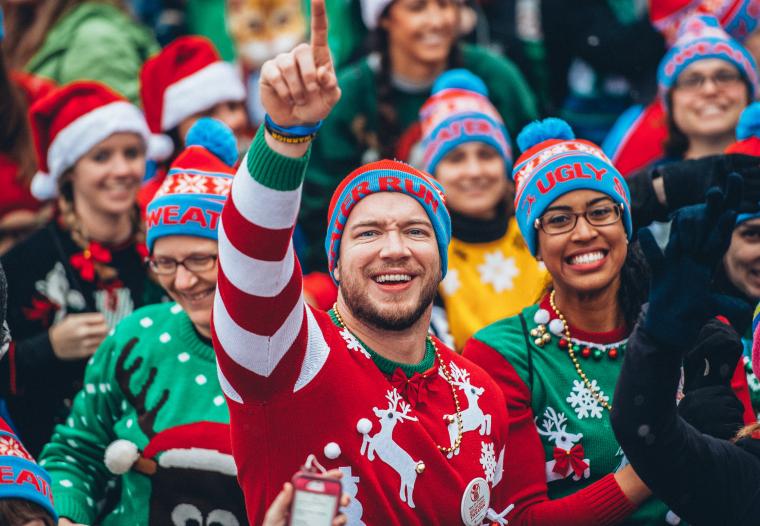
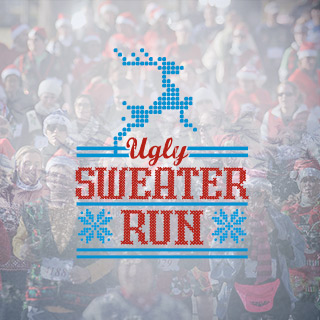 theuglysweaterrun.com
theuglysweaterrun.com
The Ugly Sweater Run is an untimed 5K held in November and December. This year, it was offered in 22 cities around the U.S. The 5K is followed by a reception and party. Participants receive a knit cap but are challenged to wear their ugliest sweater or most festive holiday attire for the event, which includes snow machines, fireplace backdrops for photos, unlimited hot chocolate, beer, an ugly sweater contest, inflatable Santas and life-sized snow globes. The event, now going on its fourth year, has grown in size each year. Its charity partner is Save The Children.
Sports Destination Management: The Ugly Sweater Run is phenomenally popular. How did it get its start?
Jeff Suffolk: We started in 2011. At the time, our company, Human Movement, was really small. We were doing a charity run in our town, which is in Colorado, and the run was nothing big or special. One of our interns had an Ugly Sweater Party planned for Christmas later on, and suggested that we all wear our ugly sweaters to the run. We decided to just put the promo out there – wear your ugly Christmas sweater – and suddenly, we had 5,000 people signed up for the run. That just launched it. We hosted the event in five cities the next year, and just kept increasing from there.
SDM: The focus is on the fun, rather than on the competition.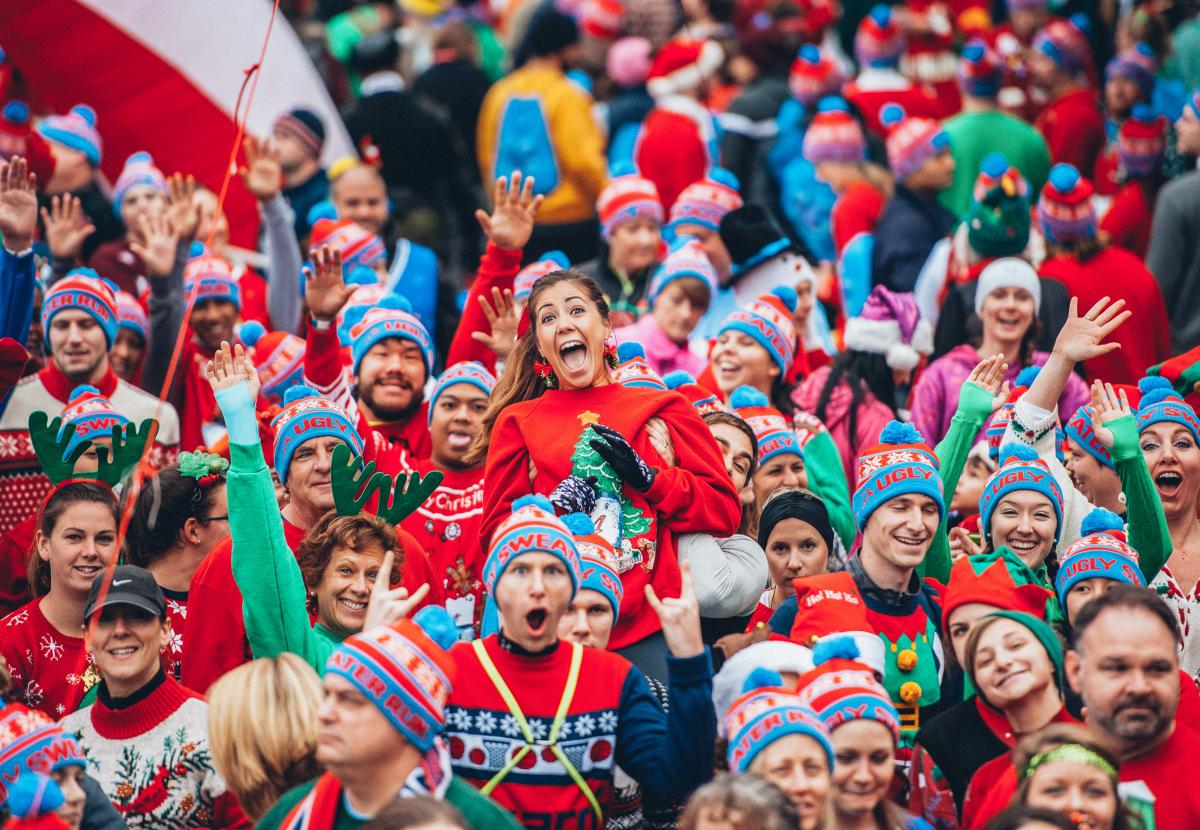
Suffolk: We like to think of this as active entertainment. We’re not actually looking at the Ugly Sweater Run as being a part of the running event industry. We know there are hyper-focused athletes in endurance events like the Ironman, but we decided there was a real gap in the industry when it came to putting on events for people who are intimidated by putting a timing chip on their ankle and then having their finish times posted for the world to see. We took away the timing chip, which was just unheard of, and I guess you could say we created an event for the masses. We have first-timers out there now and they love the total experience, from picking up their packets to showing up, to doing the run, to the party afterwards. There aren’t a lot of people in Spandex staring each other down at our start line and wondering who is going to win.
SDM: Over the years, there has been a spike in untimed, themed events. How did The Ugly Sweater Run set itself apart from those?
Suffolk: A few national se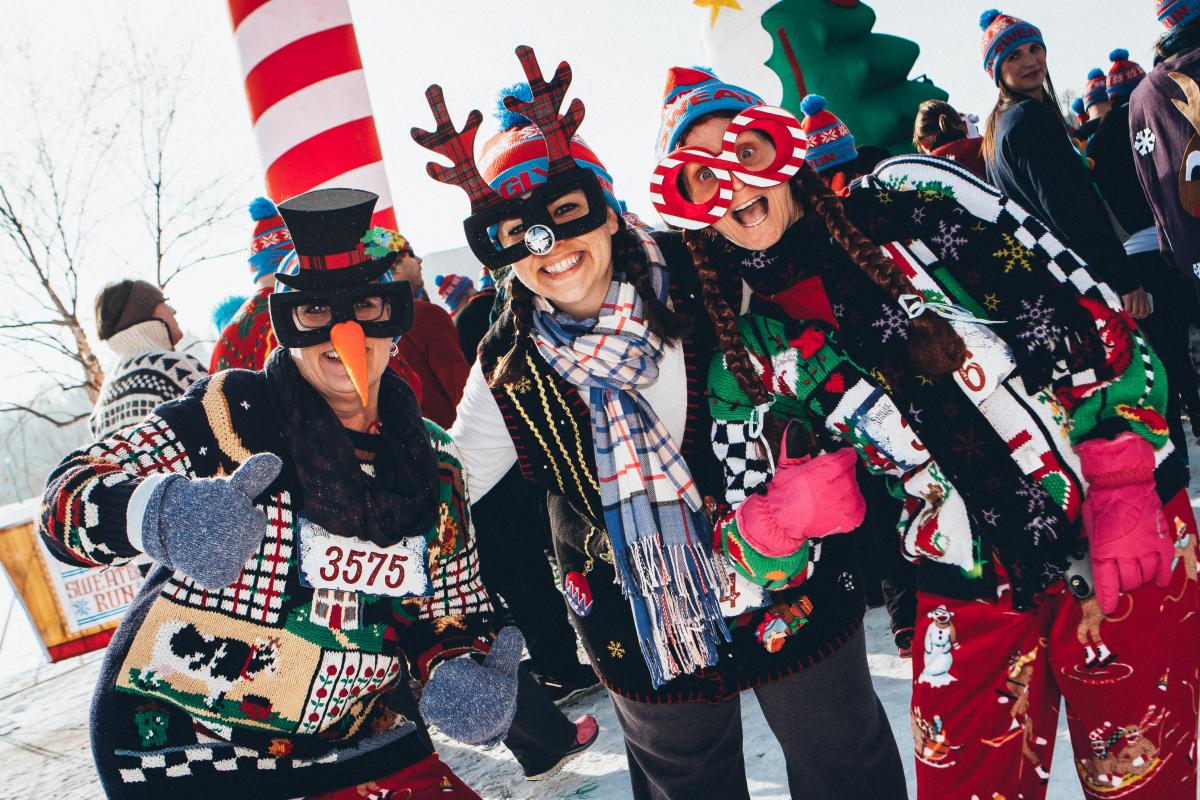 ries events, such as the Ugly Sweater Run, the Color Run and the Rock & Roll Marathon, became popular, and suddenly the concept started to attract every mid-level marketer you could think of. They would come up with the theme for a race, open a website, list a lot of locations and start collecting fees. But those people didn’t actually know anything about the business side or the operations side, and they would spend the money without understanding all the things they were going to have to invest in so that they could put on the event. By the time they realized it, they had spent a lot of the money they’d received, and they had to cancel the event. Nobody seemed to know event management is an art and a science. What they were doing is the same thing as me walking into an Italian restaurant, seeing it’s crowded and saying ‘Oh, I think I’ll open one of these; it looks like a good way to make money.’
ries events, such as the Ugly Sweater Run, the Color Run and the Rock & Roll Marathon, became popular, and suddenly the concept started to attract every mid-level marketer you could think of. They would come up with the theme for a race, open a website, list a lot of locations and start collecting fees. But those people didn’t actually know anything about the business side or the operations side, and they would spend the money without understanding all the things they were going to have to invest in so that they could put on the event. By the time they realized it, they had spent a lot of the money they’d received, and they had to cancel the event. Nobody seemed to know event management is an art and a science. What they were doing is the same thing as me walking into an Italian restaurant, seeing it’s crowded and saying ‘Oh, I think I’ll open one of these; it looks like a good way to make money.’
SDM: You work at creating a quality experience for participants.
Suffolk: If someone buys a $30 ticket for an event, we want them to have a $60 value. We want them to tell their friends they had a great time. We want them to come back.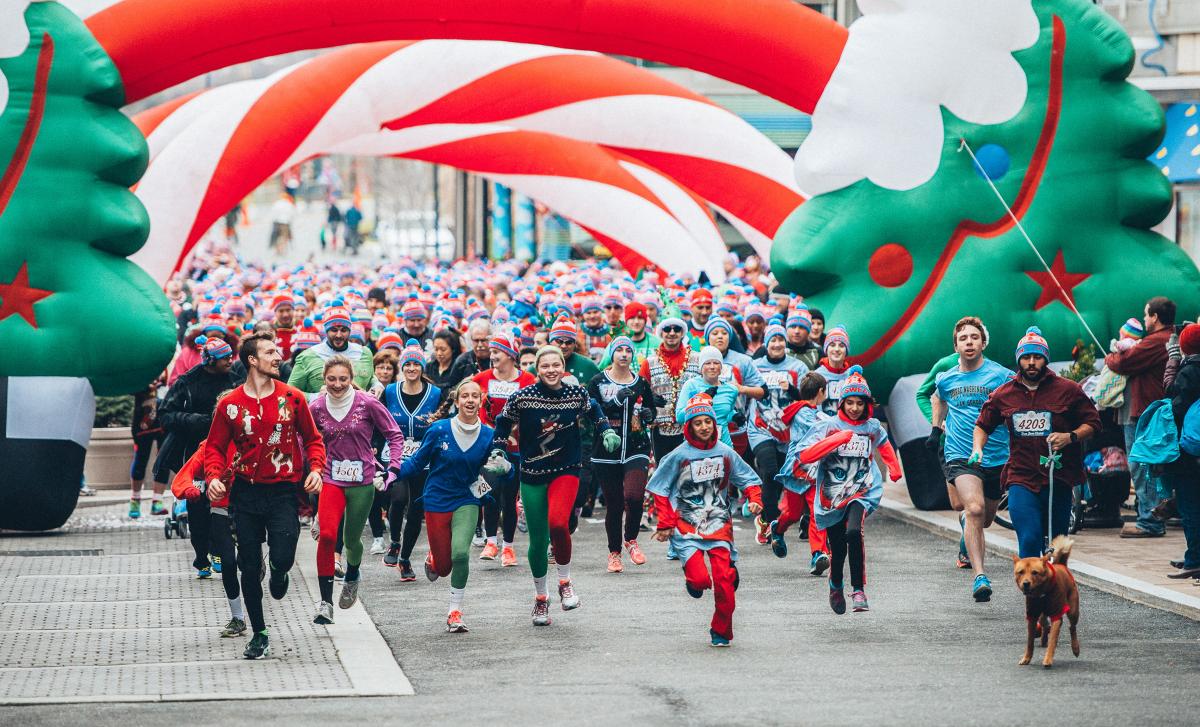
SDM: What’s the demographic for the Ugly Sweater Run?
Suffolk: We get a lot of families; in fact, over 60 percent of our sign-ups are families doing this together. Rarely do you see that for a marathon. People make it a tradition. A lot of the time, Mom is leading the charge of getting everyone signed up, so about 68 percent of our registrants are women.
SDM: You generally choose city centers for the event.
Suffolk: Yes – the energy is so much better in a city center than it is in a park. There’s also better access to parking, sto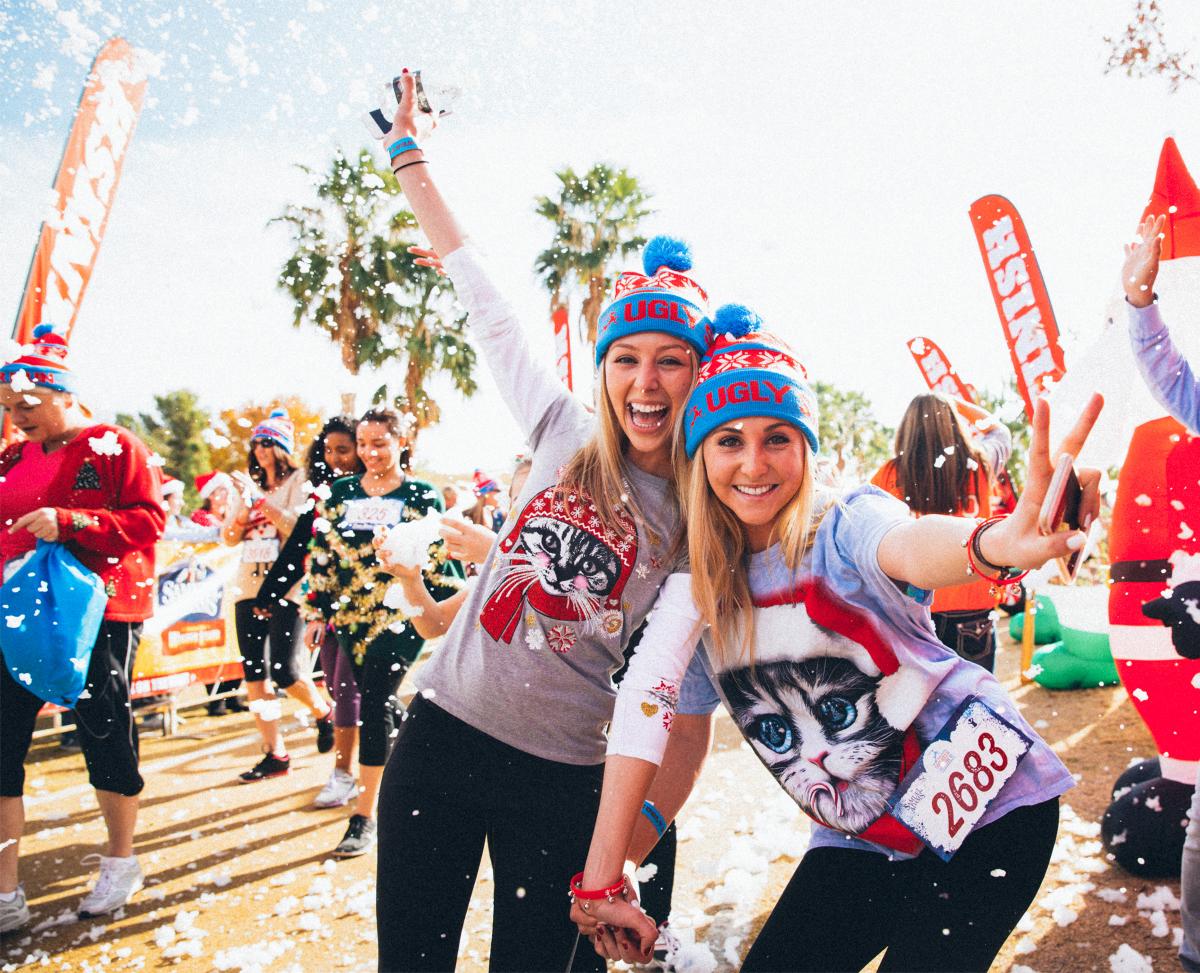 res, restaurants, everything.
res, restaurants, everything.
SDM: So the race, as a result, has good economic impact.
Suffolk: The run goes off at 11 a.m. so people participate in that, then go to lunch and spend the day in the city in their sweaters afterward. People really love the idea of being out on the town. A lot of races go off early, people run, finish, get their free Gatorade and go home. We want people to have fun instead of rushing home. In terms of our acid test for success, we like to say it’s whether or not we are going to do an event that will result in a change to someone’s profile picture on social media. Will it result in someone showing up in their ugly sweater and their bib from our run? If so, that’s a success.
SDM: How do you go about choosing cities to host the event?
Suffolk: There’s a number of things we look for. We changed our manifesto a few years ago. We wanted to focus on the mid-nature cities. We love the beer-drinking cities, and we’re always looking for venues that are not abus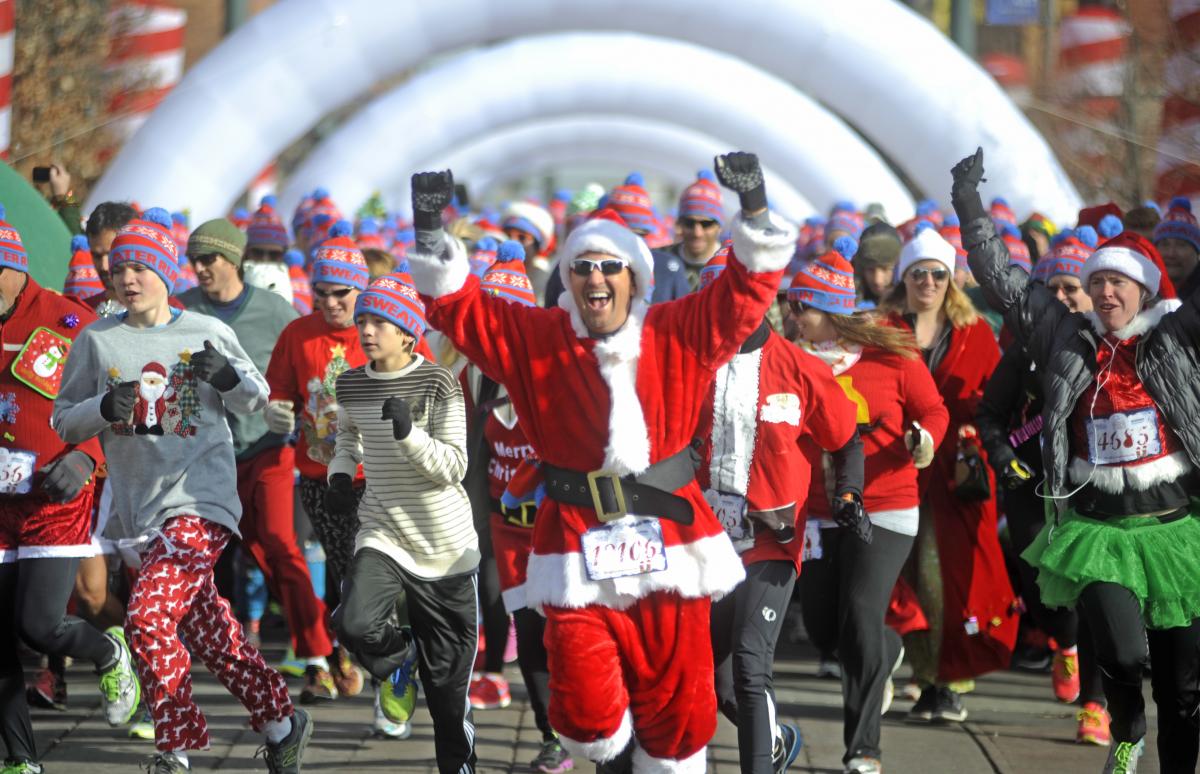 ed by other events every month of the year. Of course, we have our usual suspects when it comes to cities. We like to work with CVBs to get the city to embrace the event. We’re always looking for partners who will help us market the event. It livens up the city for a Saturday afternoon. Places that are interested in hosting can go to our website and contact us.
ed by other events every month of the year. Of course, we have our usual suspects when it comes to cities. We like to work with CVBs to get the city to embrace the event. We’re always looking for partners who will help us market the event. It livens up the city for a Saturday afternoon. Places that are interested in hosting can go to our website and contact us.
SDM: How do you expect the Ugly Sweater Run to grow from here?
Suffolk: We actually have scheduled Ugly Sweater Runs for a few cities in Europe for 2016. Apparently, there’s a real demand for ugly sweaters over there.

